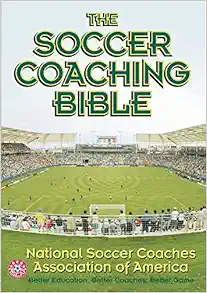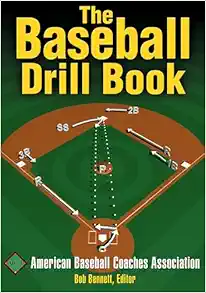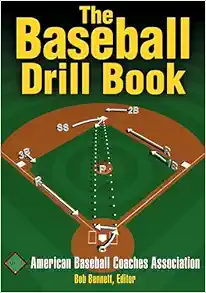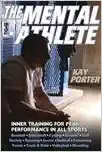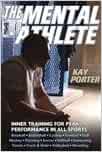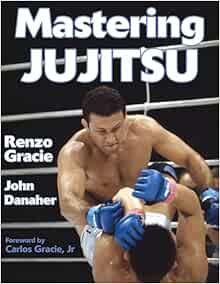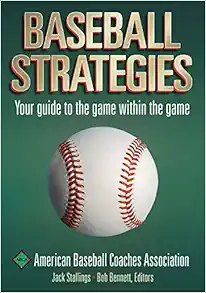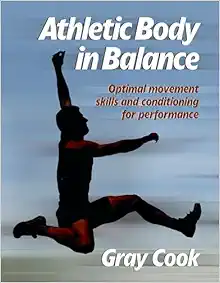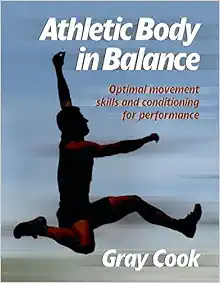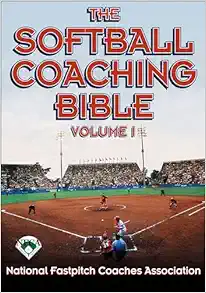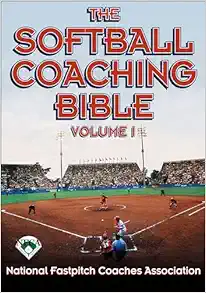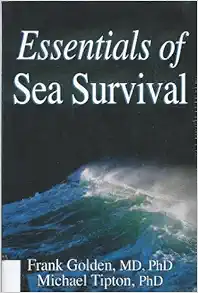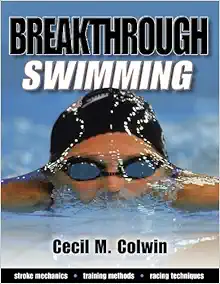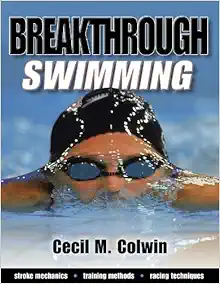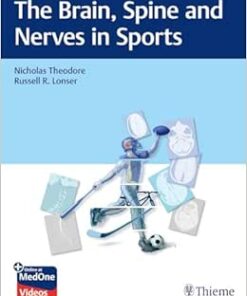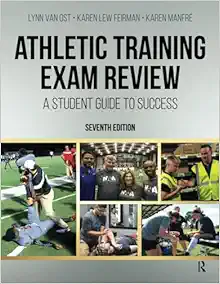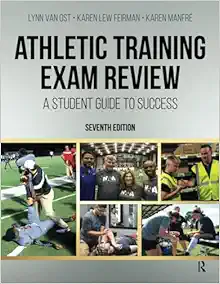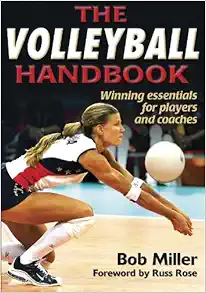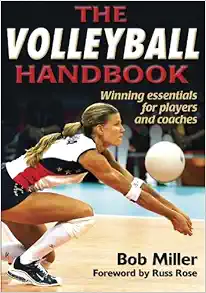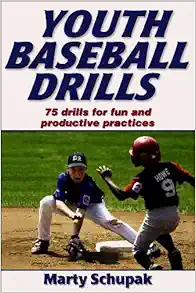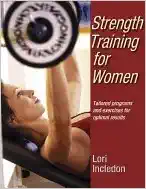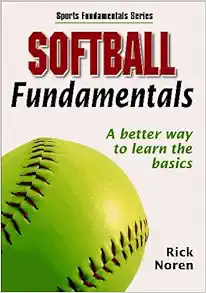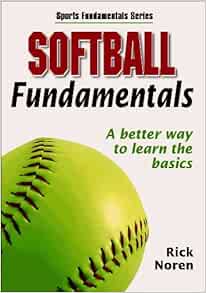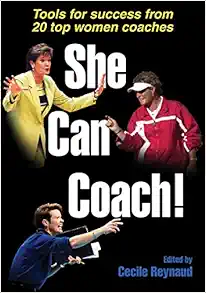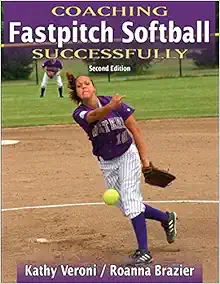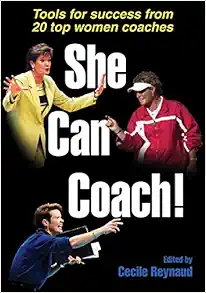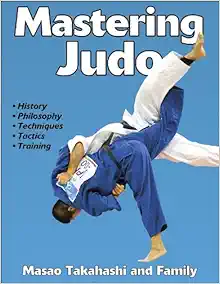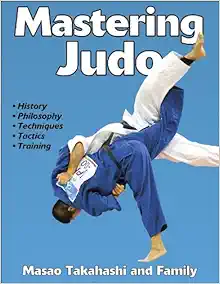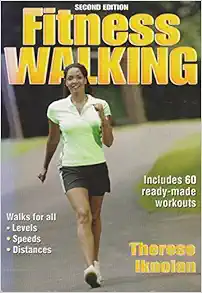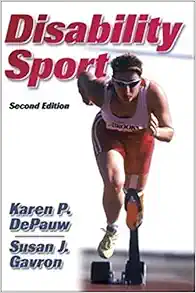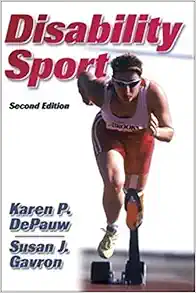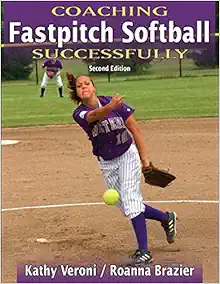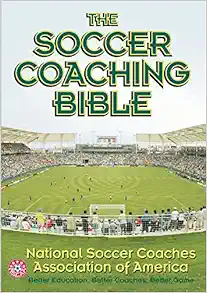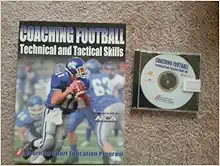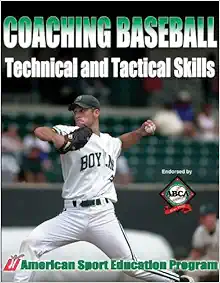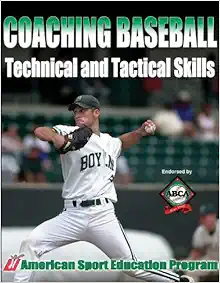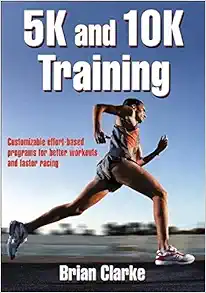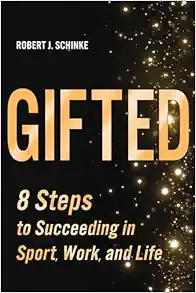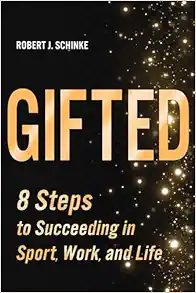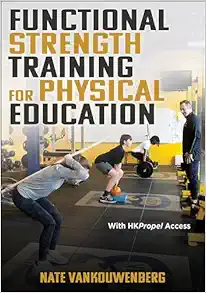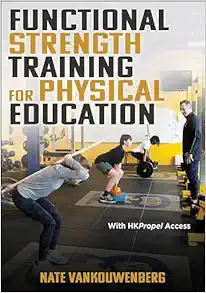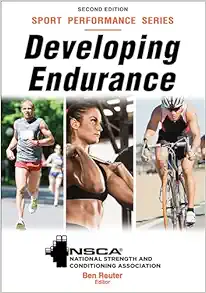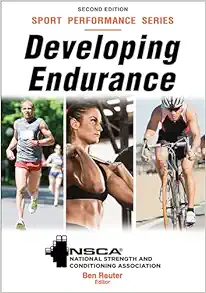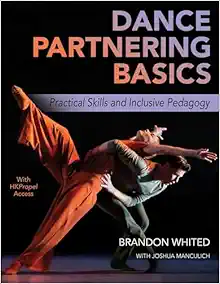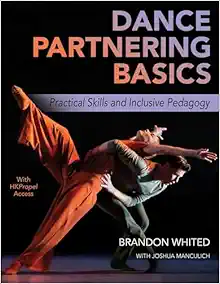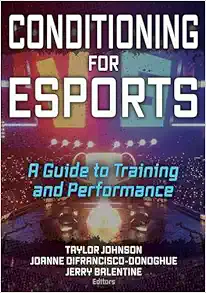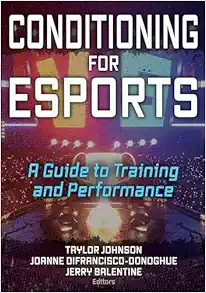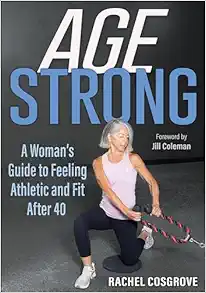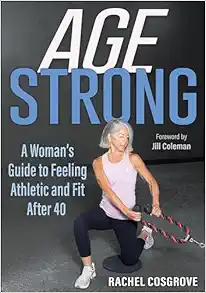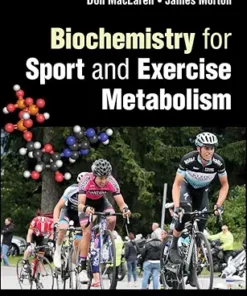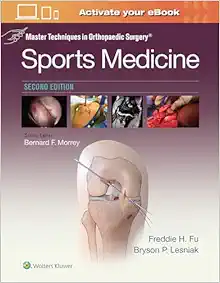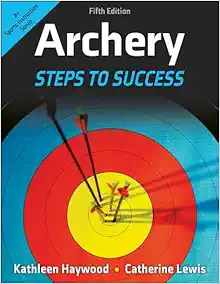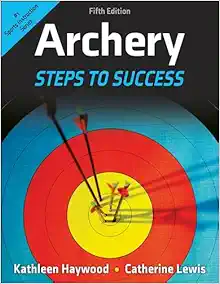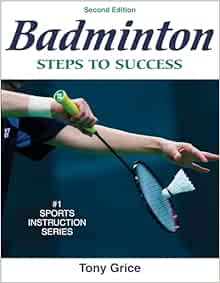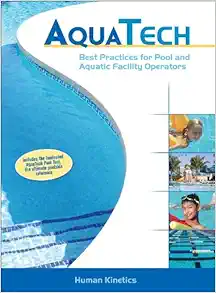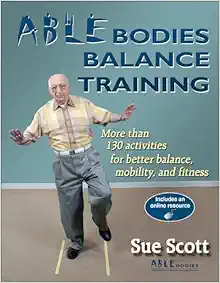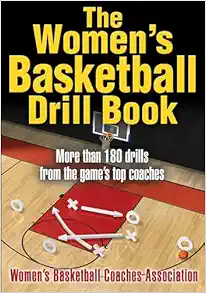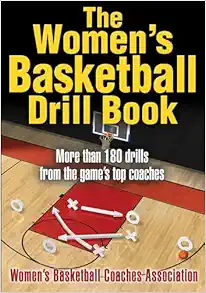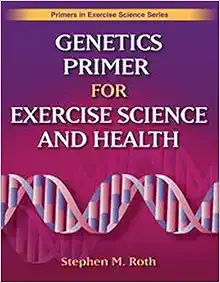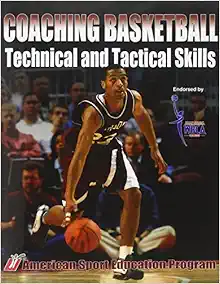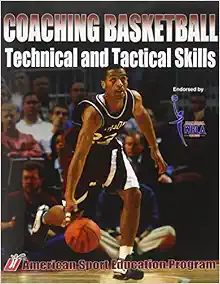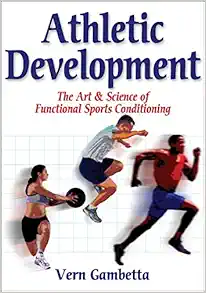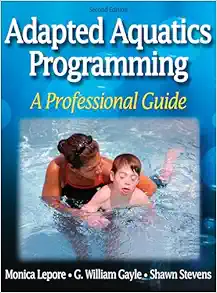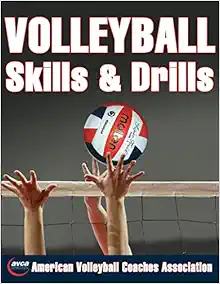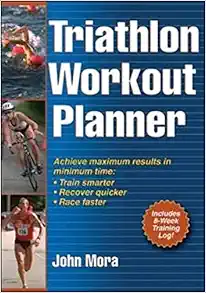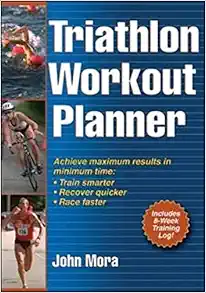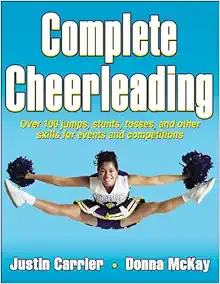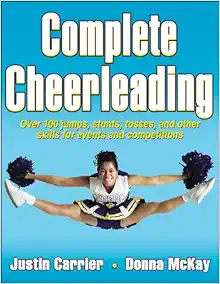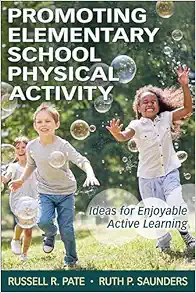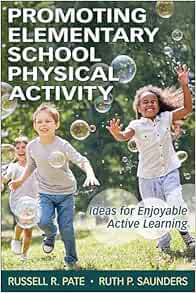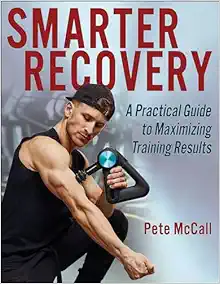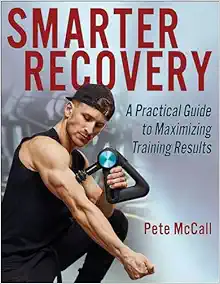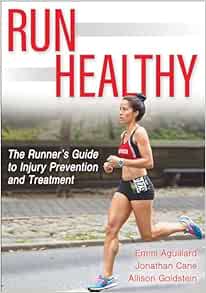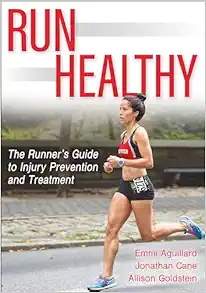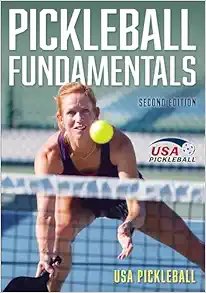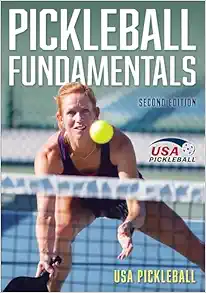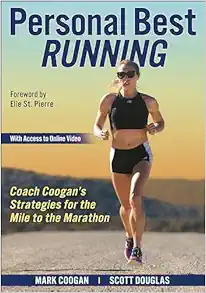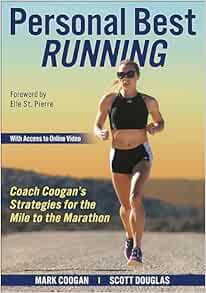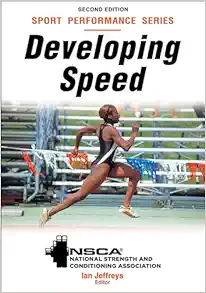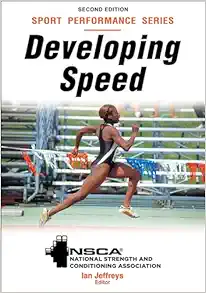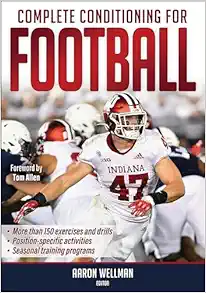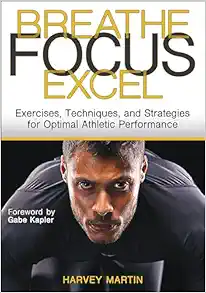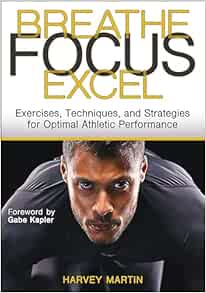Minor Injuries: A Clinical Guide, 3rd Edition
$12
Format : Publisher PDF
Minor Injuries: A Clinical Guide, 3rd Edition
If you’re a nurse looking to sharpen your skills in the management of minor injuries, you’re in luck with the latest edition of a highly successful volume titled “Minor Injuries – A Clinical Guide for Nurses.”
Published by Churchill Livingstone in October 2016, authors Dennis Purcell and Judith Endecott present a comprehensive overview of nurse-led management approaches for inpatient and outpatients with minor injuries. The latest edition has been updated to reflect differences in approaches for patients with midline injuries compared to those with limb injuries. The book also includes essential information on X-ray interpretation and the management of minor injuries in kids and adults, among other topics.
The authors paid particular attention to contextualizing normal limb movement, so presentations of abnormal conditions are more apparent. More than 150 illustrations accompany the text, making this book a must-have for every nurse looking to build their repertoire of technical skills in handling minor injuries.
The authors start by defining minor injuries, which generally include:
– Wounds that require fewer than four stitches
– Closed up wounds like grazes and bruises
– Minor burns, including sunburn
– Limb injuries that don’t cause significant swelling
– Head injuries that don’t cause unconsciousness or brain damage
– Eye or ear injuries
Minor injuries are common in an emergency department, and nurses must be equipped with the right knowledge and tools to manage them effectively. This book provides a framework for a robust, flexible, and swift work method, suitable for an ED or home care setting.
One of the most significant advantages of this book is its detailed description of musculoskeletal injuries. The book explains the classification of these injuries and the up-to-date investigational approaches which will allow nurses to identify individual problems and priorities. This detailed approach to injury assessment is then paralleled with management and treatment strategies. It makes the book one of the handiest resources for nursing students and nurses regarding minor injuries management.
The book also contains excellent information on the importance of good record-keeping practices. Nurses learn how to create accurate and detailed records of their management of minor injuries, including patient history and physical examinations. The most recent legislation is covered too, such as General Data Protection Regulations in the UK, to ensure compliance with current law.
Another unique feature of this book is its comprehensive coverage of minor traumas in children and adolescents. The authors delve into topics such as the significance of consent, confidentiality of information, non-accidental injuries, common sports injuries and their treatments, and more. They also tackle wound care, including burns, describing the assessment, exploration, treatment, and care for wounds in patients with minor injuries. With this book, nurses will gain the competence needed to handle minor head injuries, facial trauma, and other issues confidently.
The accompanying website provides 77 videos that demonstrate the techniques described in the book. These videos make it easy for nurses to understand how to apply what they learn from the reading. The images provided are also available for download, which is an added bonus for those needing to review the material beyond a hospital setting.
Overall, “Minor Injuries – A Clinical Guide for Nurses,” provides an excellent resource for nurses in different settings. It presents a wealth of information that is beneficial to ED nurses and those in outpatient settings who encounter patients with minor injuries. The text is thorough and covers crucial elements of managing injuries, including record-keeping and using the latest investigational approaches. Moreover, the accompanying videos are a significant addition to the book, as they make material engaging and reinforce learning.
In conclusion, if you’re a nurse looking for an authoritative book that covers nurses’ management of minor injuries, this book should be on your reading list. It’s an easy-to-read, educational resource, with everything you need to know about managing minor injuries in one place. Order your copy today to enhance your confidence and competence in handling patients with minor injuries.
Product Details
- Describes working methods which are robust, flexible and swift
- Explains the classification of musculoskeletal injuries and use of current investigative techniques
- Explains normal limb movement to contextualize abnormal presentation
- More than 150 illustrations help clarify sometimes complex anatomical and clinical information
- Explains the importance of accurate record keeping, including reference to current law
- Discusses the management of trauma in children and adolescents with special reference to consent and confidentiality, non-accidental injury, communication, analgesia, and sports injuries
- Chapter on wound care, including burns, describes wound assessment, exploration, infection, treatment and complications
- Explains the management of minor head injuries, including clinical examination, the use of imaging techniques, cranial nerve assessment, and discharge advice
- Chapter on facial trauma includes damage to the eye, ENT problems such as foreign bodies, and tooth avulsion
- Accompanying website contains 77 videos showing the techniques described in the book and a fully downloadable image bank to aid personal study
-
- Contains new information on X-ray interpretation
- Re-organized to reflect the difference in approach between midline injuries and limb injuries
- Explains the differences in the management of children and adults
- Differentiates between the different categories of older people – the active and fit retiree and the frail older person
- Contains new information on X-ray interpretation
- Re-organized to reflect the difference in approach between midline injuries and limb injuries
- Explains the differences in the management of children and adults
- Differentiates between the different categories of older people – the active and fit retiree and the frail older person
- : 318 pages
- Publisher: Churchill Livingstone; 3 edition (October 20, 2016)
- Language: English
- ISBN-10: 0702066699
- ISBN-13: 978-0702066696
- Product Dimensions: 7.8 x 0.8 x 9.5 inches
Related Products
Sports Medicine Books
Sports Medicine Books
Sports Medicine Books
Sports Medicine Books
Sports Medicine Books
Sports Medicine Books
Mastering Jujitsu (Mastering Martial Arts) (Original PDF from Publisher)
Sports Medicine Books
Sports Medicine Books
Sports Medicine Books
Sports Medicine Books
Sports Medicine Books
Sports Medicine Books
The Softball Coaching Bible, Volume I (The Coaching Bible) (Original PDF from Publisher)
Sports Medicine Books
The Softball Coaching Bible, Volume I (The Coaching Bible) (EPUB)
Sports Medicine Books
Sports Medicine Books
Sports Medicine Books
Sports Medicine Books
Sports Medicine Books
Breakthrough Swimming by Colwin, Cecil published by Human Kinetics (2002) (EPUB)
Sports Medicine Books
Sports Medicine Books
The Brain, Spine and Nerves in Sports (Original PDF from Publisher)
Sports Medicine Books
Sports Medicine Books
Athletic Training Exam Review, 7th Edition (Original PDF from Publisher)
Sports Medicine Books
Sports Medicine Books
Sports Medicine Books
Sports Medicine Books
Sports Medicine Books
Softball Fundamentals (Sports Fundamentals Series) (Original PDF from Publisher)
Sports Medicine Books
Sports Medicine Books
Sports Medicine Books
Sports Medicine Books
Sports Medicine Books
Mastering Judo (Mastering Martial Arts Series) (Original PDF from Publisher)
Sports Medicine Books
Fitness Walking, 2nd Edition (Fitness Spectrum Series) (Original PDF from Publisher)
Sports Medicine Books
Sports Medicine Books
Sports Medicine Books
Coaching Fastpitch Softball Successfully (Coaching Successfully), 2nd Edition (EPUB)
Sports Medicine Books
Sports Medicine Books
The Soccer Coaching Bible (The Coaching Bible) (Original PDF from Publisher)
Sports Medicine Books
Sports Medicine Books
Coaching Football Technical and Tactical Skills (Technical and Tactical Skills Series) (EPUB)
Sports Medicine Books
Coaching Baseball Technical and Tactical Skills (Technical and Tactical Skills Series) (EPUB)
Sports Medicine Books
Sports Medicine Books
Gifted: 8 Steps to Succeeding in Sport, Work, and Life (Original PDF from Publisher)
Sports Medicine Books
Gifted: 8 Steps to Succeeding in Sport, Work, and Life (EPUB)
Sports Medicine Books
Functional Strength Training for Physical Education (Original PDF from Publisher)
Sports Medicine Books
Sports Medicine Books
Developing Endurance, NSCA – National Strength & Conditioning Association (EPUB)
Sports Medicine Books
Dance Partnering Basics: Practical Skills and Inclusive Pedagogy (Original PDF from Publisher)
Sports Medicine Books
Dance Partnering Basics: Practical Skills and Inclusive Pedagogy (EPUB)
Sports Medicine Books
Conditioning for Esports: A Guide to Training and Performance (Original PDF from Publisher)
Sports Medicine Books
Conditioning for Esports: A Guide to Training and Performance (EPUB)
Sports Medicine Books
Age Strong: A Woman’s Guide to Feeling Athletic and Fit After 40 (Original PDF from Publisher)
Sports Medicine Books
Age Strong: A Woman’s Guide to Feeling Athletic and Fit After 40 (EPUB)
Sports Medicine Books
Biochemistry for Sport and Exercise Metabolism, 2nd edition (Original PDF from Publisher)
Sports Medicine Books
Becoming a Sustainable Runner: A Guide to Running for Life, Community, and Planet (EPUB)
Sports Medicine Books
Archery: Steps to Success, 5th Edition (Original PDF from Publisher)
Sports Medicine Books
Sports Medicine Books
Badminton: Steps to Success, 2nd Edition (Original PDF from Publisher)
Sports Medicine Books
Aquatech: Best Practices for Pool and Aquatic Facility Operators (Original PDF from Publisher)
Sports Medicine Books
Sports Medicine Books
Sports Medicine Books
The Women’s Basketball Drill Book (Original PDF from Publisher)
Sports Medicine Books
Sports Medicine Books
Sports Medicine Books
Genetics Primer for Exercise Science and Health (Primers in Exercise Science) (EPUB)
Sports Medicine Books
Coaching Basketball Technical and Tactical Skills (Original PDF from Publisher)
Sports Medicine Books
Sports Medicine Books
Adapted Aquatics Programming: A Professional Guide, 2nd Edition (Original PDF from Publisher)
Sports Medicine Books
Sports Medicine Books
Sports Medicine Books
Sports Medicine Books
Sports Medicine Books
Sports Medicine Books
Promoting Elementary School Physical Activity: Ideas for Enjoyable Active Learning (EPUB)
Sports Medicine Books
Smarter Recovery: A Practical Guide to Maximizing Training Results (EPUB)
Sports Medicine Books
Run Healthy: The Runner’s Guide to Injury Prevention and Treatment (EPUB)
Sports Medicine Books
Sports Medicine Books
Sports Medicine Books
Pickleball Fundamentals, 2nd Edition (Original PDF from Publisher)
Sports Medicine Books
Sports Medicine Books
Personal Best Running: Coach Coogan’s Strategies for the Mile to the Marathon (EPUB)
Sports Medicine Books
Developing Speed (EPUB)- NSCA – National Strength & Conditioning Association, 2nd Edition
Sports Medicine Books
Complete Conditioning for Football (Original PDF from Publisher)
Sports Medicine Books




